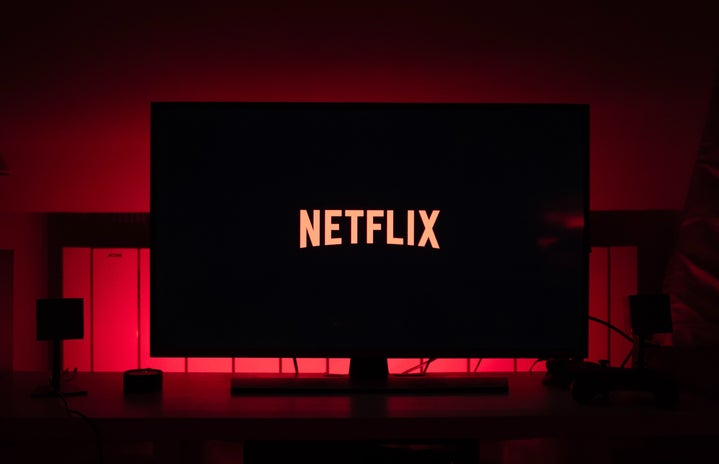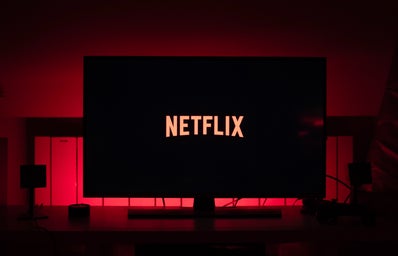The Netflix original Girlboss was released last month. Sophia Marlowe’s (Britt Robertson) character is inspired by the life of CEO of the lucrative fashion company Nasty Gal, Sophia Amoruso. However, the show opens up with a disclaimer that it’s a loose retelling of her story, “real loose.” The plot follows Sophia’s rise from wayward college dropout to successful online fashion retailer and business owner.
Image courtesy of Bravo
Warning, spoilers ahead!
In theory, the concept for this show is full of female empowerment. However, the message is washed out by a lot of other aspects squeezed into 13 25-minute long episodes.
For a show entitled Girlboss, the main character disappointingly falls into the mainstream ploy of entering into a relationship with a man. Now, this wouldn’t be a problem if it weren’t for the fact that Sophia starts out as a sex positive kind of gal who can barely commit to what she wants to eat for breakfast.
Episode one is hopeful and sets the stage for Sophia to be a badass who doesn’t take anyone’s crap. After having what appears to be a one-night stand with a drummer, Sophia shows up to dinner to catch up with her father who inquires if she is seeing anyone. Sophia mentions “Shane,” but upon being asked what his last name is, she replies “the drummer.” But it isn’t long before Sophia and Shane the drummer are exclusive.
Image courtesy of What’s On Netflix
What is even more frustrating, though, is the fact that the trajectory of their relationship follows the same trajectory of Sophia’s success. Sure, the show ends with the two breaking up after Shane proves to be something of a scumbag and Sophia still exceeds expectations with the launch of the Nasty Gal website, but not before the show reinforces the stereotype that success can be defined as having a lot of money and someone to come home to at night.
Perhaps the least #Girlboss moment of the show comes as a result of Shane cheating on Sophia. She walks in on him getting blown by one of his bandmates. Horrible, I know. But what’s worse is that she spends many nights after the fact going home to him and acting like she doesn’t know about the whole ordeal.
Don’t worry, it gets worse. Sophia finally goes to Shane’s recording studio to confront him and when she gets there and sees him playing, she has a flashback to the first time they met at one of his shows. A smile spreads across Sophia’s face as if she’s about to forgive him for what he did. It wasn’t until she saw him being flirty with his bandmate that we know she’s actually decided to leave him.
Finally, she’s made the right choice, right? Oh, but don’t worry! Before the finale ends, Shane comes over and they cry and reminisce and make out before calling it quits for good, which was absolutely infuriating to watch.
To be perfectly honest, the show could have gone on without this subplot or the character of Shane altogether. All he brings to the show is clichés and heartbreak, which distract both the audience and Sophia from her success.
In addition to this unwelcome distraction, Sophia Marlowe’s character is an obvious attempt to get the audience to root for an unlikely favorite. At first, her quirky personality and crude humor and language are charming. However, as the episodes go on we see the downsides of Sophia.
We see her harbor resentment toward her father who raised her in her mother’s absence and only wants to see her succeed. We see her shoplift, throw tantrums, act unprofessionally and admit that she is mad at the world for no good reason. We see her treat her best friend Annie poorly on several occasions (although their first fight is over Sophia removing Annie from her Top 8 on MySpace … petty). One of Sophia’s worst moments, though, is refusing to officially hire Annie even after all the free labor she has done to help Nasty Gal get off the ground and claiming that all of the work Annie does “could be done by an intern.” It is obvious that Sophia does not care about anyone but herself.
Image courtesy of Indie Wire
Despite these unfavorable flaws, the audience is expected, and even pleaded, to root for the show’s protagonist. She sobs and asks herself, “Why am I such an asshole?” She tries to save face after proving to be a narcissist with the smallest possible concessions she can get away with (like agreeing to add Annie back to her Top 8 … monumental). Her mother left when she was a kid. So, naturally we must exempt Sophia from life’s responsibilities and cross our fingers during the launch of her site, right? No, thank you.
The directing of the show feels a little odd at times as well, particularly in episode 10 “Vintage Fashion Forum.” In this episode, Sophia goes toe-to-toe with competitors in the online vintage fashion business in an online forum. The purpose of the forum is for prominent vintage fashion retailers to express their concern about the unconventional and potentially threatening way Sophia does business. Instead of watching Sophia battle it out on her computer, though, the forum is depicted as a real life roundtable with actors using text speech, computer generated images portraying GIFs, and sound effects when someone leaves the thread.
Additionally, Sophia and Annie’s biggest fight over the decision not to hire Annie happens in this episode and utilizes the same directing tactic. The entire fight occurs over instant message (yep, petty) and the peculiar directing definitely detracts from the seriousness of this pivotal moment.
Admittedly, I completed all 13 episodes of Girlboss and didn’t hate them. However, the show was far from compelling (the 30 percent Rotten Tomatoes rating speaks volumes to this) and the above criticisms seriously affect the show’s potential popularity. There is no official word on whether Girlboss will get a season two, but season one is currently available on Netflix.


